While the North Atlantic Treaty Organization’s main mission is to deter any adversary from attacking, if called on, the 32 nations are ready to defend every inch of alliance territory, said Army Gen. Christopher Cavoli, supreme allied commander, Europe, and commander of U.S. European Command.
Speaking at the NATO summit’s public forum at the Washington Convention Center this morning, the general highlighted how the alliance’s military side has put in place the strategic concept for deterrence and defense of the Euro-Atlantic area. These plans grew out of NATO’s summit last year, he said.
“In the last couple of years, what we’ve done is turn those into concrete plans — traditional, classical, operational plans — that describe how we’re going to defend specific areas of the alliance and what we’re going to use to do it and what the sequence of events is,” the general said. “This is a big, big shift.”
The alliance didn’t need these types of plans following the implosion of the Soviet Union in 1991. “After the end of the Cold War, the alliance refocused on out-of-area operations and crisis management,” he said. “These tended to be smaller scale operations, done on a predictable basis that allowed for a cyclical, force-generation model.”
But Russian President Vladimir Putin’s invasion of neighboring Ukraine in 2022 changed this calculus, and alliance leaders saw the need for a new NATO defense plan. The new plans guide leaders in resourcing defense capabilities, Cavoli said.
This has meant a sea change for the alliance. Cavoli said instead of resourcing a brigade or two on a cyclical basis, the alliance now has 300,000 service members at higher levels of readiness. “That’s because we’ve been able to amalgamate and incorporate national defense plans into the NATO defense plans, so they complement each other,” he said. “It has produced an ability to be forward postured.”
Cavoli said when Russia stormed into Ukraine there were four NATO battle groups in Eastern Europe. There are now eight, and they’re just the leading edge of NATO’s defense. If needed, more troops, more air, and many other military capabilities would fall in on those forces.
“It’s a very effective method, [and] we have the right number of troops for right now.”
Cavoli said the alliance has been exercising the reinforcing scenarios, and NATO has also done extensive readiness checks. “As we go forward, we’ve continued to do these large-scale exercises where we practice the subsequent reinforcement of specific areas.”
Earlier this year, NATO’s Exercise Steadfast Defender encompassed more than 90,000 service members, and the alliance’s military officials are working to shore up some weaknesses highlighted by the exercise.
“For the most part, in capital platforms, in large ground units, we’re pretty much where we need to be,” Cavoli said. “We have some gaps in specific places, especially in enablement and logistics, and those we’re working on through the NATO defense planning process right now.”










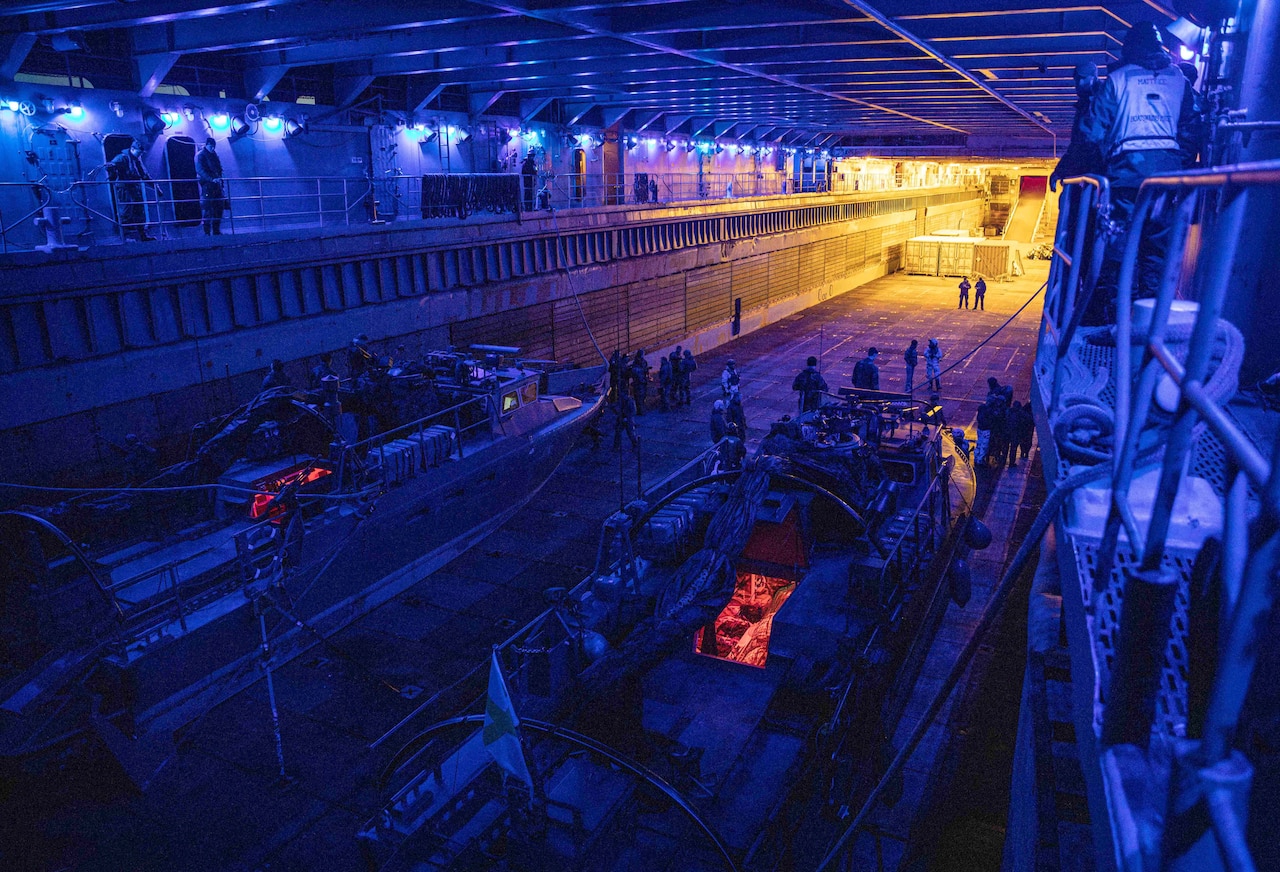
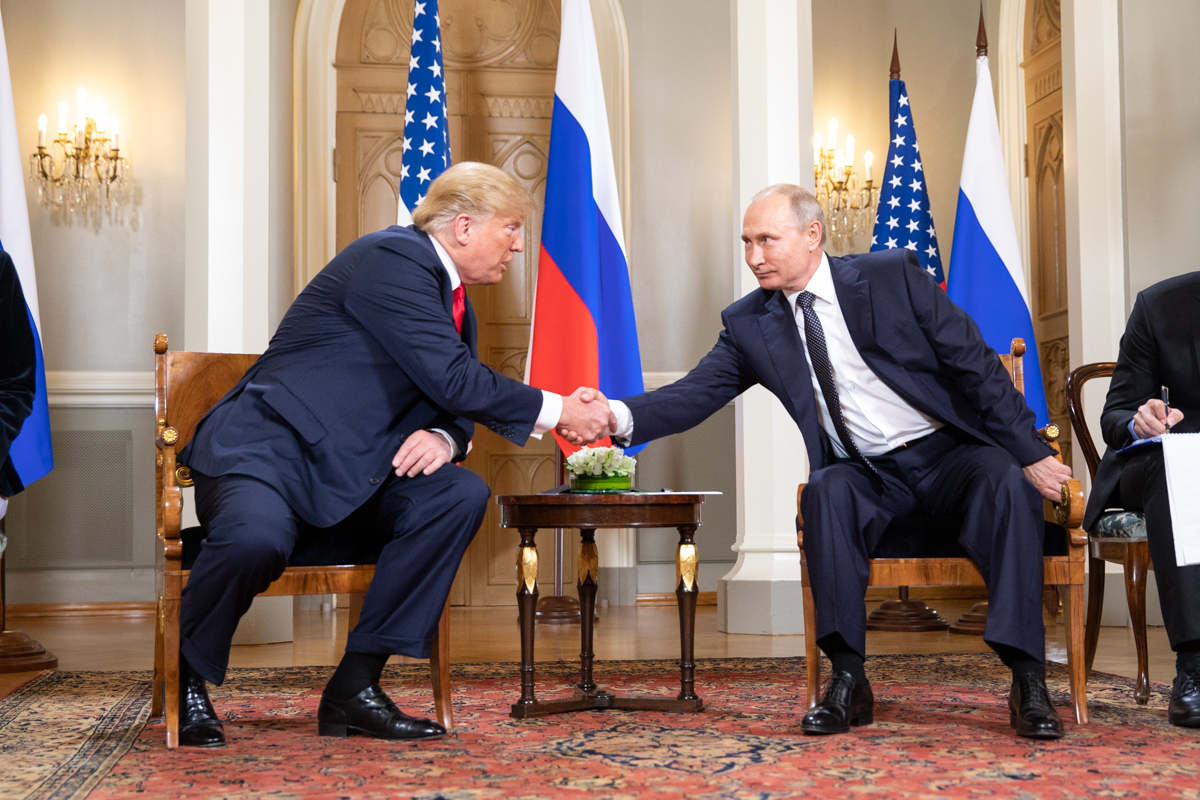
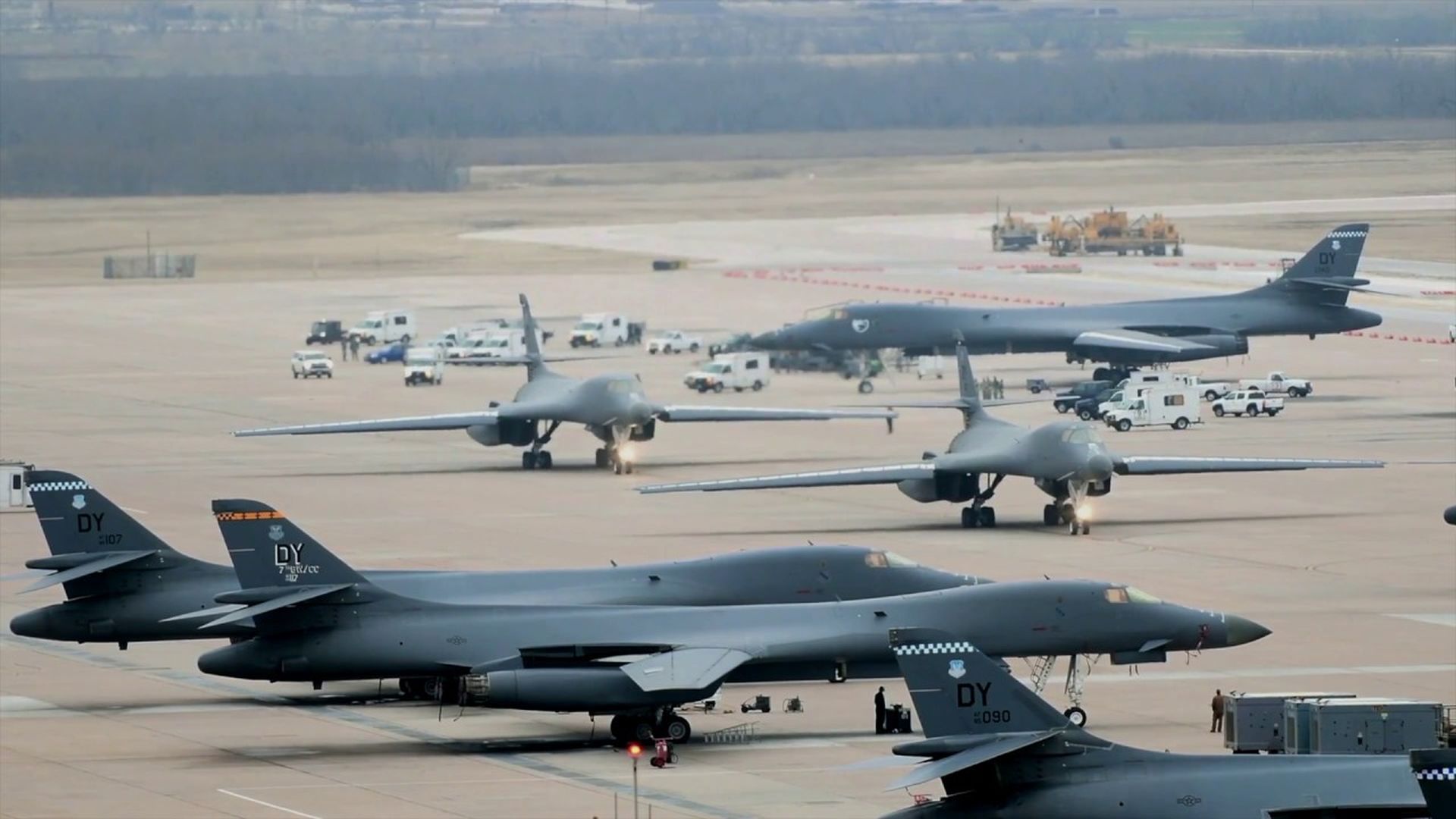


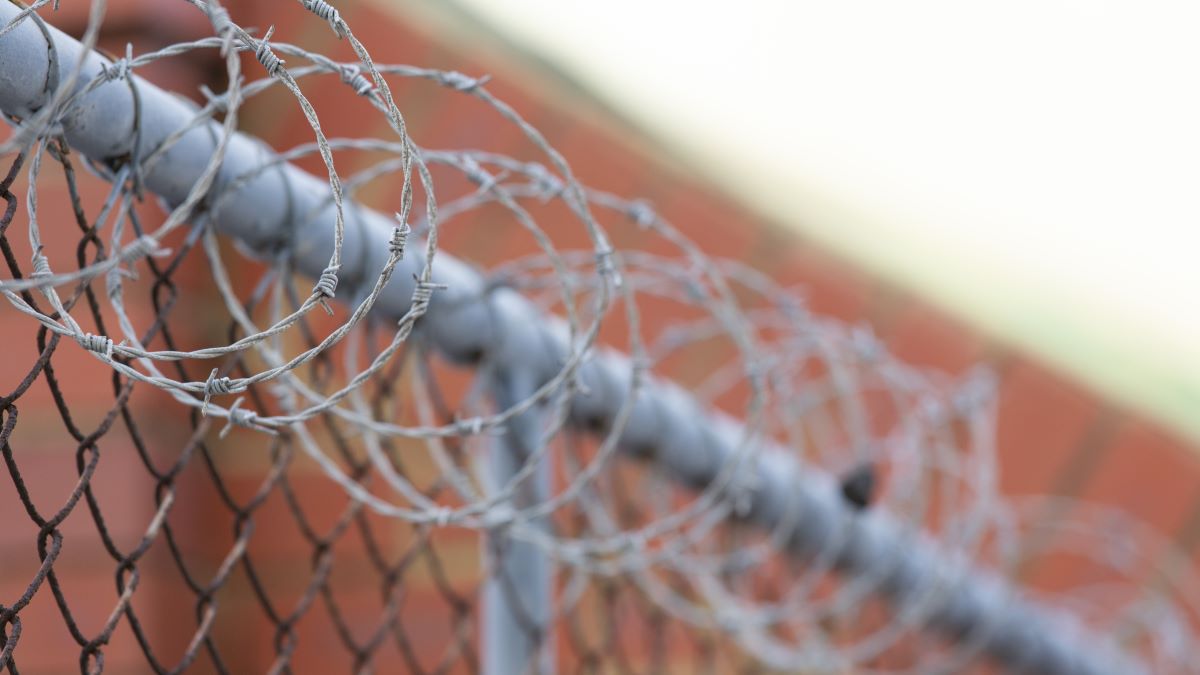
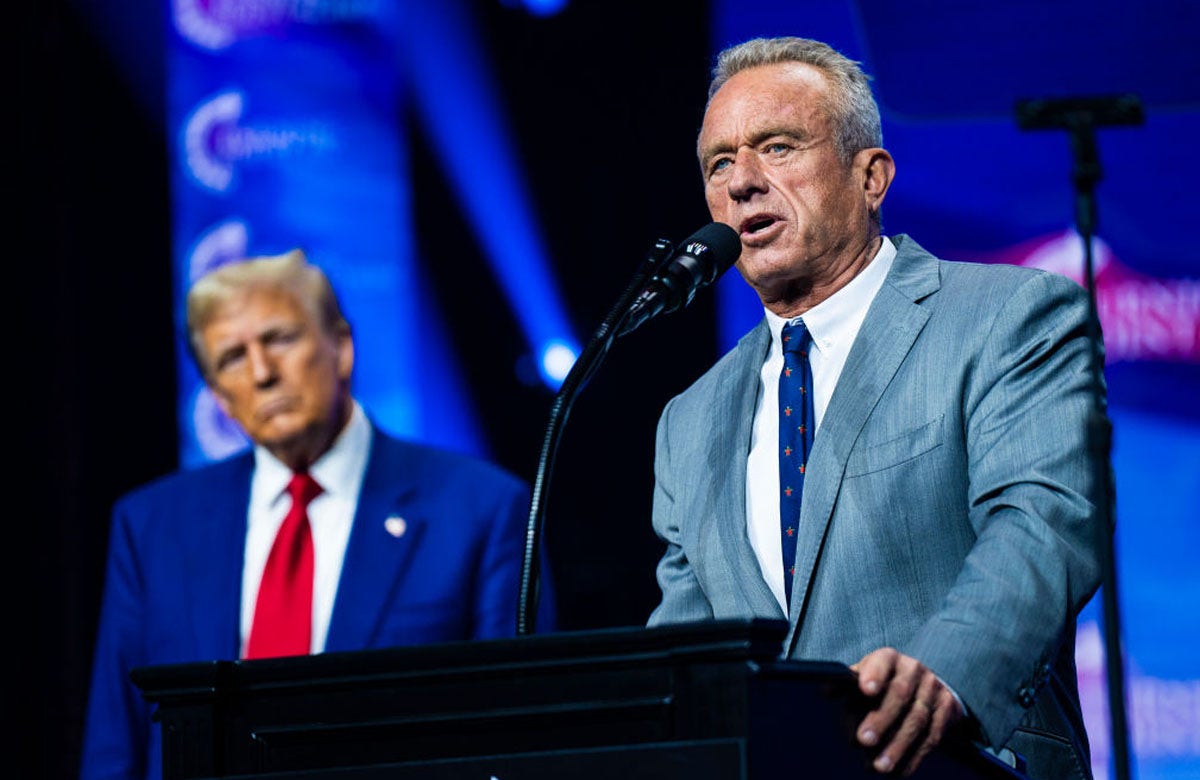
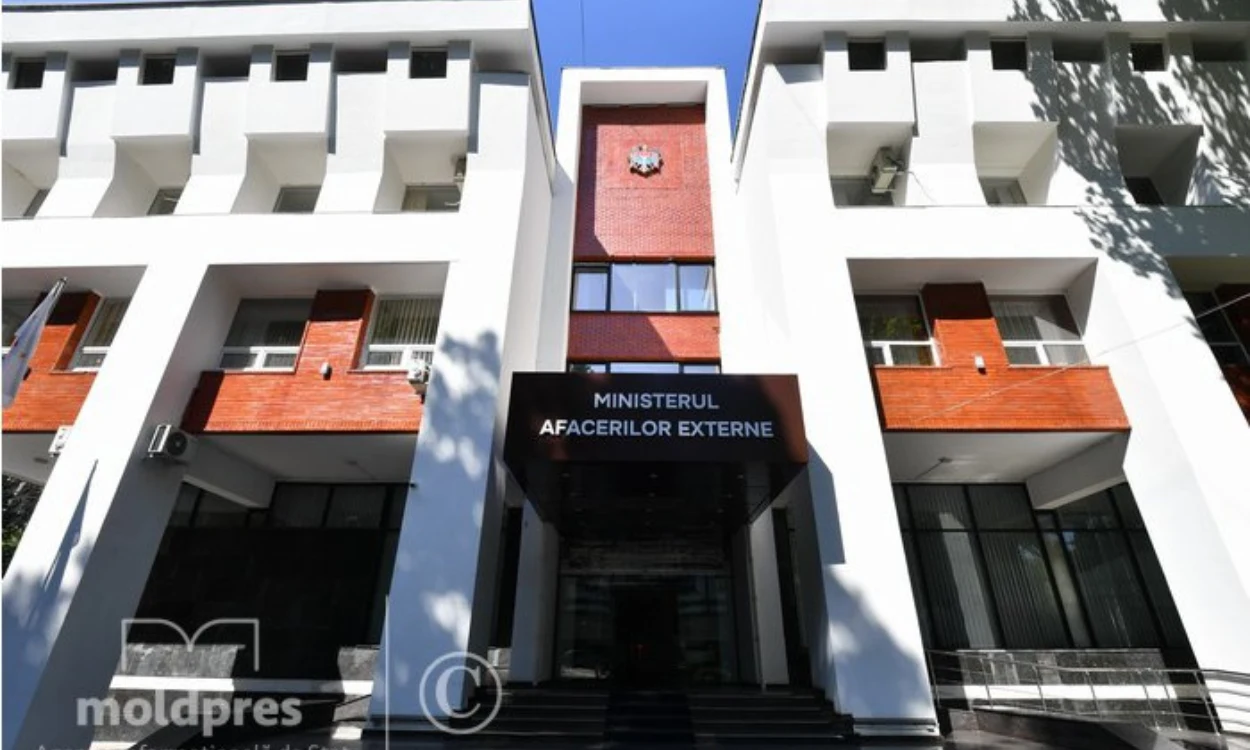



Discussion about this post